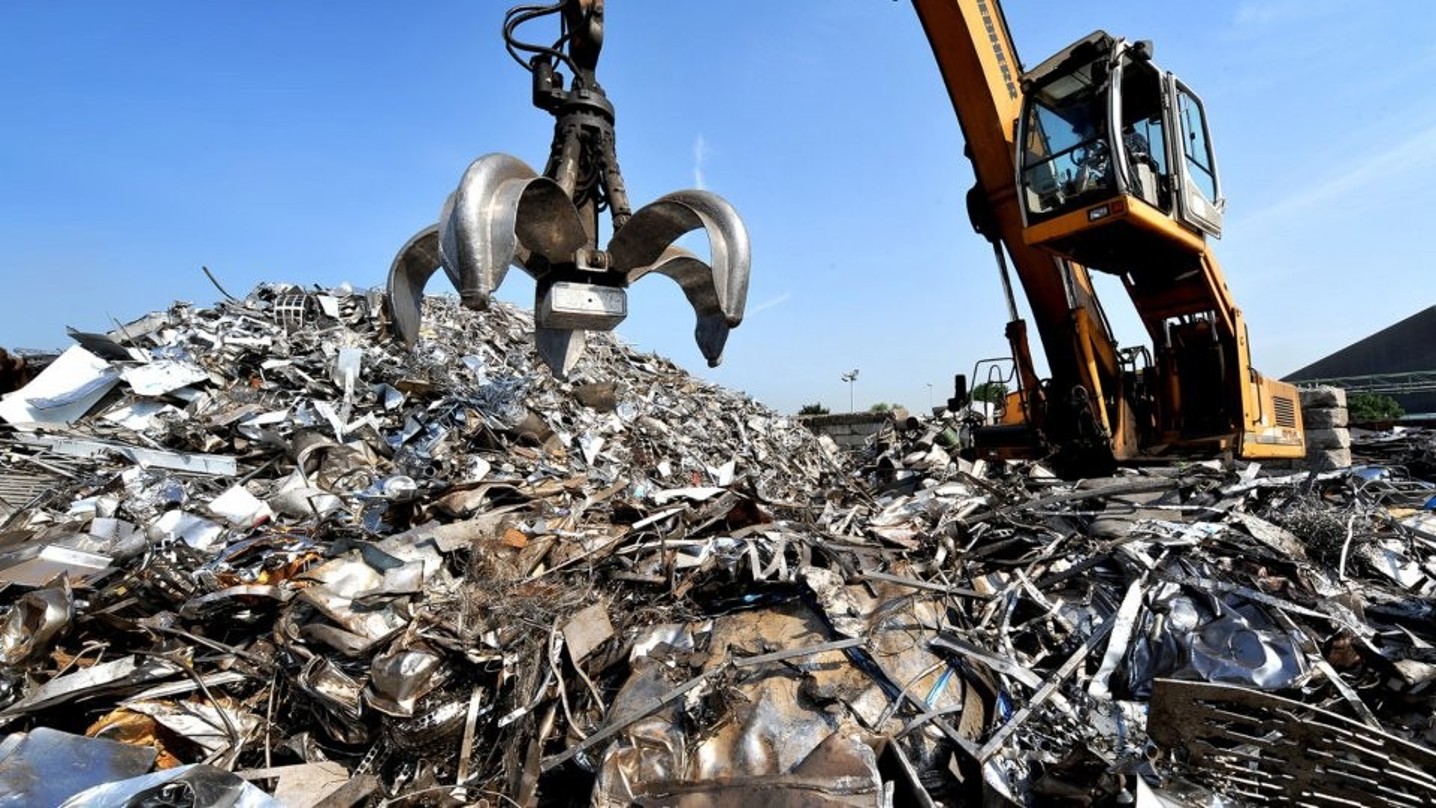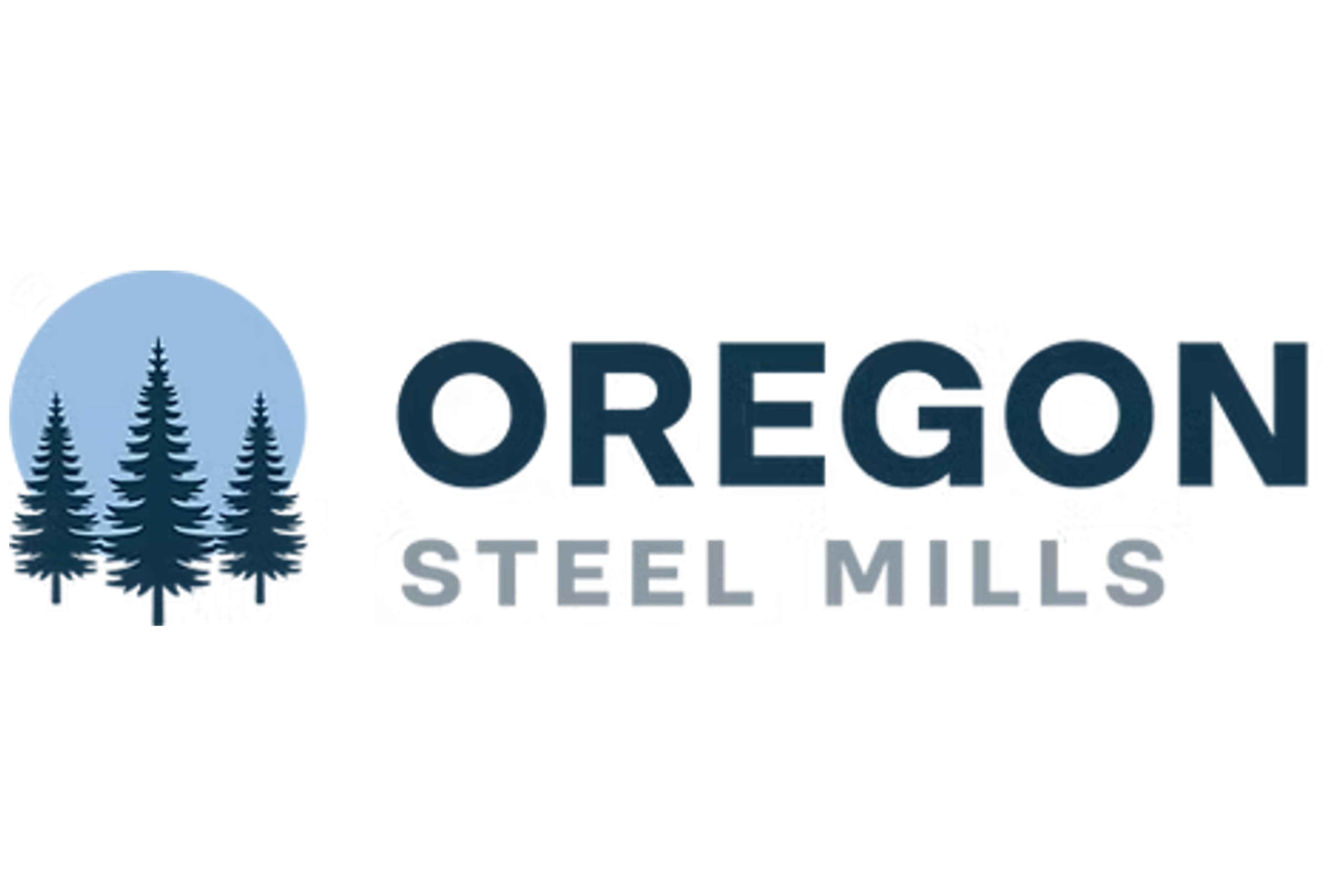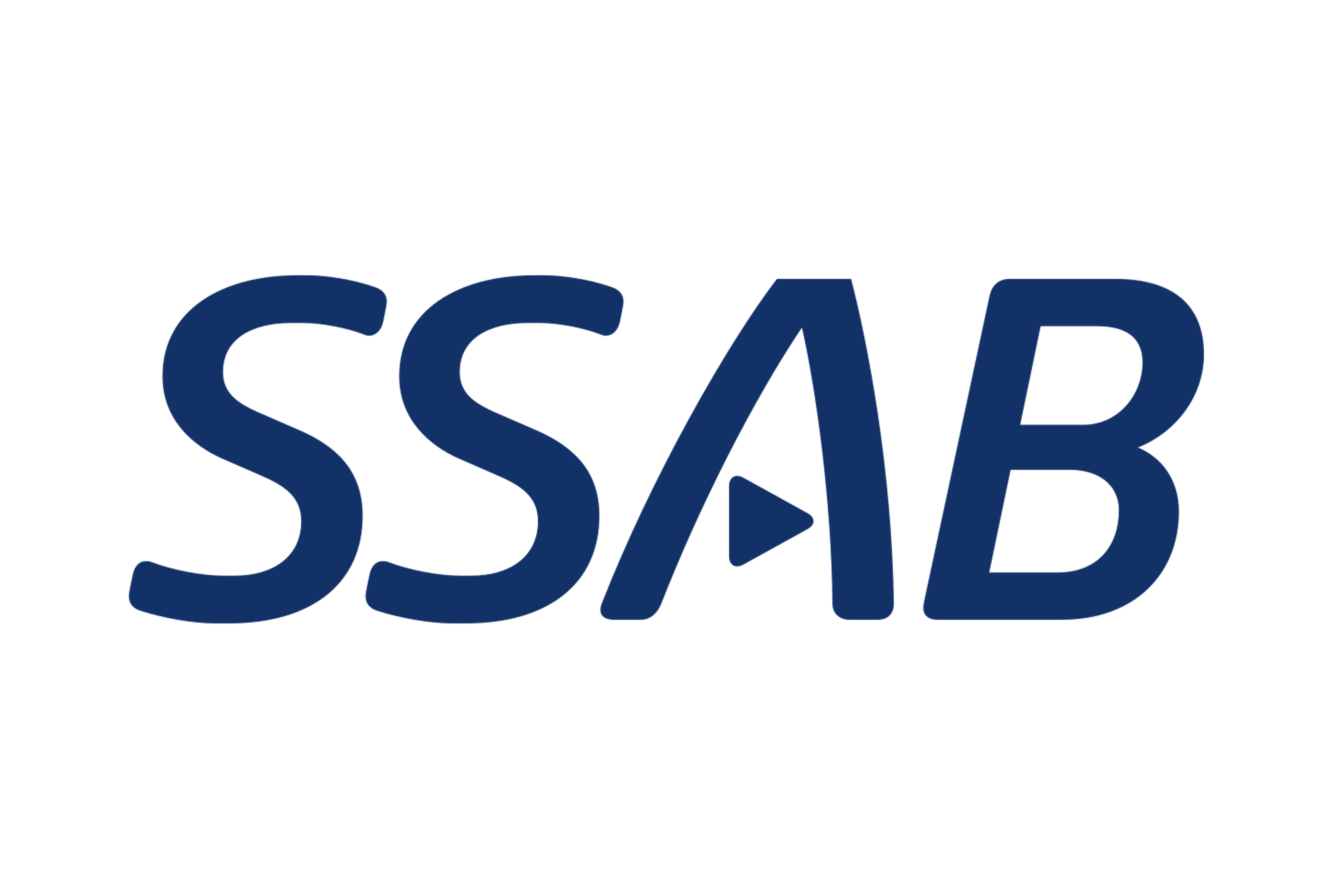Analysis
September 10, 2024
Final thoughts
Written by Michael Cowden
We’re starting to see some impacts of the big trade case filed last week against imports of coated flat-rolled steel from 10 nations.
Namely, we’ve heard that a range of traders have stopped offering material from Vietnam. An alleged dumping margin of nearly 160% will do that. Especially amid chatter of critical circumstances.
By the way, SMU’s Laura Miller had a good article last week that spells out alleged anti-dumping margins for all countries named in the case. None of them are low. Brazil is nearly 76%. The UAE is approximately 78%. Even Canada and Mexico got tagged with an alleged 35% and 34%, respectively.
But Vietnam is in a class of its own with a margin well over 100%.
Why does that matter? Vietnam shipped approximately 681,000 short tons (st) of flat-rolled steel to the US from January through August, according to government figures. (I’ve converted the metric tons the Commerce Department reports in to short tons.) That amounts to ~85,000 st per month – the vast majority of which is coated material.
We’ve also heard that some steel buyers have already started diverting coated purchases away from imports to domestic mills. That could create opportunities for US mills as well as for service center and distributors whose purchases are tilted more toward domestic product.
One thing we haven’t seen so far is a big reaction on the price side of the ledger. Why is that? For starters, it’s probably too early to say how the dust will settle on the trade case until we’ve got at least a preliminary injury determination from the International Trade Commission (ITC). That vote is scheduled for Oct. 18.
In the meantime, there is also material already on the water. And our understanding is that some countries, notably Canada and Mexico, will continue to ship to the US. After all, it’s hard to unlink cross-border automotive supply chains, for example. And I don’t think many expect critical circumstances against the United States’ USMCA partners.
Also, domestic capacity for both galvanized and Galvalume is increasing – notably with recent expansions at Steel Dynamics Inc. (SDI) and U.S. Steel’s Big River Steel. That could help fill any void left by imports.
Then there is the fact that demand isn’t stellar at the moment. We’ve been hearing for a while that agriculture and construction are slow. And we’ve heard chatter more recently that automotive inventories are starting to stack up despite generous incentives.
Additionally, there is the matter of August service center inventories. Data providers who received our flash report on Monday already have insight into the subject. Our premium subscribers will get the results on Monday, Sept. 16. (That data series is a good reason to upgrade to premium. If you’d like to, contact Luis Corona Luis.Corona@crugroup.com.)
Service centers had 64.2 shipping days of supply of flat-rolled steel in July, up from 60.9 in June. That also marked the highest level we’ve seen for the month since we started collecting service center inventory data in January 2019. And our channel checks don’t indicate that inventories are running any leaner now.
Again, I’m not saying prices will fall from here on the coated side. We’ve heard there were some low prices in the market last week. Also, that certain domestic mills pulled those offers after the trade case was announced.
There will be gaps to fill on the West Coast, which relied heavily on Vietnam. Ditto when it comes to thin-gauge material – a product typically served by imports because domestic mills prefer to run heavy-gauge items.
But it still might not be easy for domestic mills. US mills typically have higher extras than mills abroad. And the cost to ship via rail to the West Coast are high. So will domestic mills see more business? Or will it be another game of whack-a-mole? (I can think of some mills in East Asia and Southeast Asia not targeted in this case that specialize in light gauge.)
What happens next? It could be that buyers flush with inventory do what they typically do – wait it out. But I think there is also a case for higher prices in late Q4/Q1 if contracts talks, ongoing now, lead to supply chains shifting.
Whatever happens, it’s clear that this isn’t a market – like the ones we’ve seen in recent years – when even a small disruption could send prices shooting higher. If things do move higher this time, it might be a slow burn.
SMU Community Chat and the 101s
We’re restarting our Community Chat webinar series next week following a pause ahead of and during Steel Summit. Our next guest will be Marc Lerman of Steel Warehouse. You can register here.
We’re also picking up again with our 101 training courses. Our next Hedging 101 will be on Sept. 25 in Chicago. You can learn more about that one and register here.
That will be followed by Steel 101 on Oct. 8-9 in Starkville, Miss. It will feature a tour of SDI Columbus. More info on that event is here.
In the meantime, thanks from all of us at SMU for your continued support. We really do appreciate it.







